Ensuring the sustainability of fish communities throughout Australasia
Fish Community Conservation
Australasian Fish Passage Services (AFPS) has over 40 years combined experience in all aspects of freshwater fisheries research and can provide the biological knowledge and technical capacity required to successfully complete your fisheries project.
Planning through to Construction
Having constructed over 100 fishways and waterway enhancement projects in the last 20+ years, we can provide the expertise needed for your project. We can undertake project planning, GIS analysis, stakeholder engagement, fishway design, development approvals, construction supervision and fishway and fish community monitoring.
AFPS staff have worked within both Fisheries Queensland and NSW Fisheries and have detailed knowledge of the planning processes of Government. This experience can greatly enhance the success of projects, ensuring a smooth transition through the government development approval process.
The extensive experience AFPS has in the planning and implementation of fisheries projects throughout Australasia makes it the ideal partner for your fisheries project.
Types of fishways that we produce
Rock Ramp Fishways
Rock ramp fishways are commonly used for low barriers up to about two metres high. They are essentially a series of rock ridges placed immediately below a barrier, creating a series of stepped pools that simulate a rocky stream bed. Each of the rocks placed on the ridges has a gap between them, through which the water flows, allowing fish to move from pool to pool and eventually past the barrier. The way that the rocks are placed, the gaps between them and the falls they create, are designed specifically for the unique fish community within the waterway to create conditions suitable for migration.

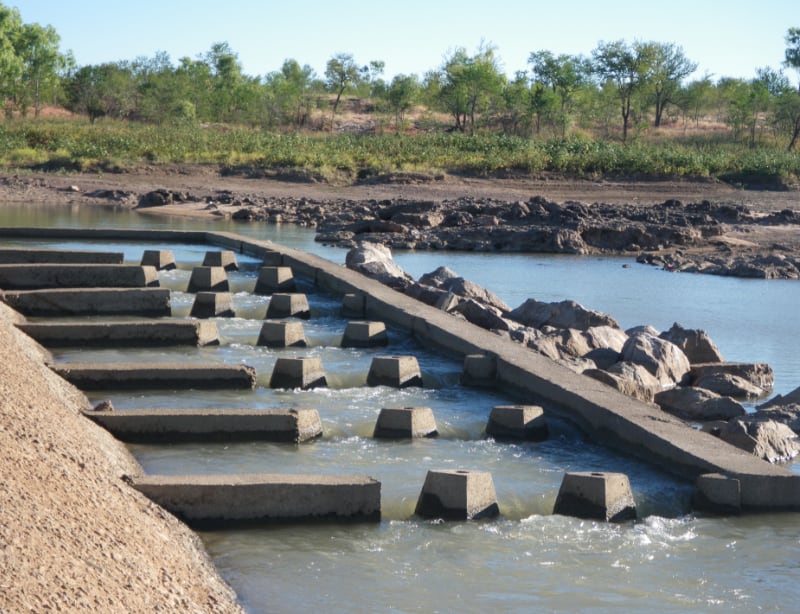
Cone Fishways
Cone fishways use a similar principle to the rock ramp fishway but uses concrete cones in place of rock to create the ridges. This design is particularly suitable for sites where the supply of rock is limited, or where flows need to be gauged. The concrete cones are used to create a series of ridges that provide a series of stepped pools with low turbulence and velocities through which fish can ascend. The concrete cones can be sized to suit any site, and can be pre-cast or cast on-site.
Vertical Slot Fishways
The vertical slot fishway design consists of a concrete channel extending from the top of the weir (headwater) to the base of the weir (tailwater), with baffles inserted at regular intervals along its length to slow the velocity of the water. Within each baffle there is a vertical slot through which water is transferred to the next pool downstream. This creates a series of pools and small steps, with low velocities that fish are able to swim through. The vertical slot fishway is one of the most successfully applied design worldwide but can have high capital costs.
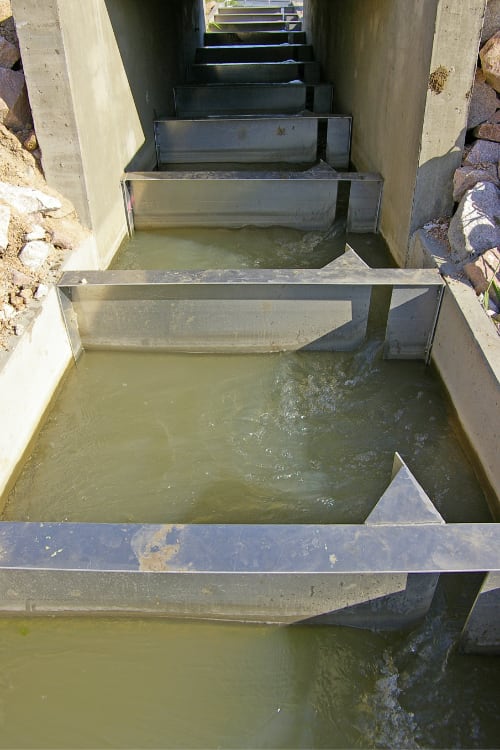
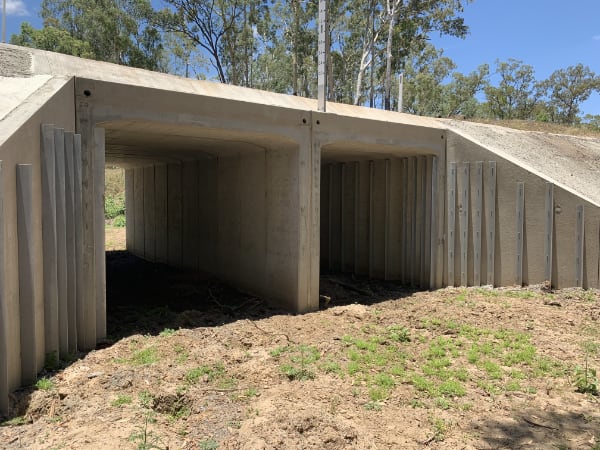
Fish Friendly Culverts
Fish-friendly culverts are characterised by box culverts that are installed below bed level with natural stream bed material forming the floor and that have a continuous low-velocity zone for fish migration throughout their length. This low velocity zone is typically achieved by the installation of baffles. Baffles are a set of vertical protrusions from the walls of a culvert that break up the water flow, slow the water down adjacent to the culvert walls and provide resting areas and migration pathways for fish. The baffles are usually made of steel and fixed to the wall with suitable materials. They work on the same principal as other fishways in that they break up the fast flow into a series of small steps with manageable velocities for fish. Fish-friendly culverts also ensure that there is no drop from the downstream apron to the water level by incorporating appropriate scour protection.
Fish Friendly Scour Protection
Fish friendly scour protection is typically used at culvert and bed level crossings to prevent scour occurring on the downstream side. Scour that occurs downstream of culvert aprons or crossings, can create a vertical barrier to fish passage during both low and moderate flows. Scour protection consists of a rock ramp or chute, that is constructed from different sized rock at differing depths that are locked together. The ramps abut the apron/crossings and are graded (sloped) appropriately to ensure that water velocity is sufficient for fish migration. The rock ramps may also include large protruding rocks to break up and diversify flows for fish migration.
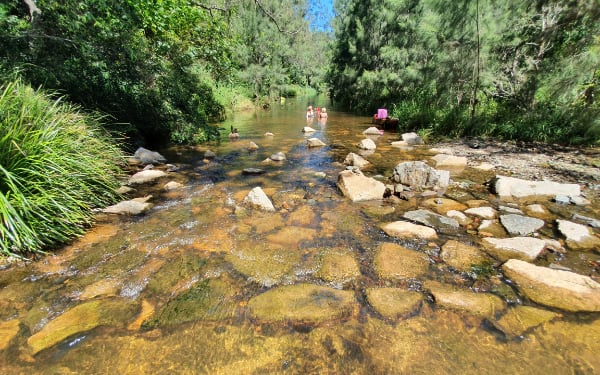
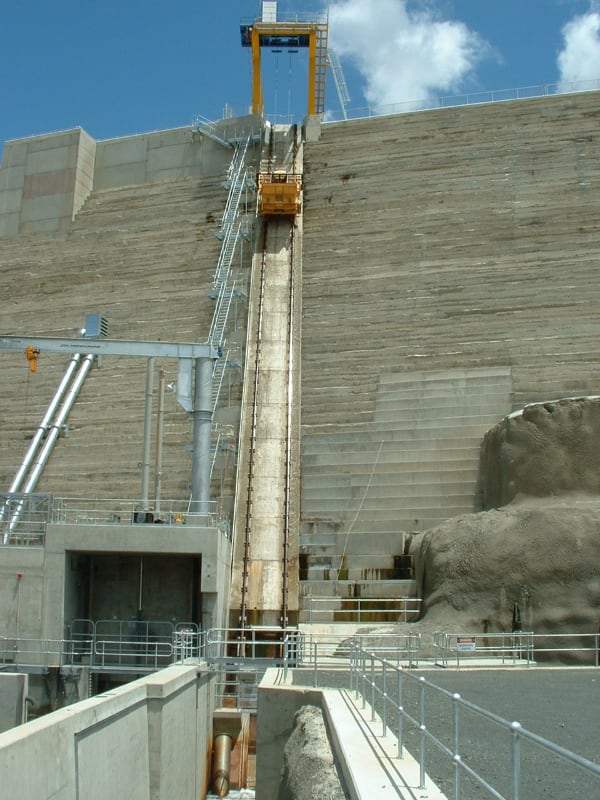
Fish Lifts
Fish lifts are most commonly used at large barriers higher than 10 m. The lifts utilise an entrance chamber that attracts fish to a hopper, which traps the fish and lifts them up and over the barrier, releasing them upstream. These fishways are highly technical and involve high costs.
Lock Fishways
Fish locks are used to move fish over barriers that are typically 5–15 m high. The operate in a similar way to a maritime navigation lock designed to move boats past barriers, with gates at the entrance, a holding chamber, and gates at the exit. Fish locks have four basic phases: attraction, filling, exit, and transition. In the attraction phase, the entrance gates are open to allow fish to enter the holding chamber. The entrance gates are then closed during the filling phase, then the exit gates open to allow fish to exit the chamber upstream of the barrier.

Projects we have worked on ...
The extensive experience AFPS has in the planning and implementation of fisheries projects throughout Australasia makes it the ideal partner for your fisheries project.

New Zealand Fish Passage Workshops 2023-2024
In partnership with the New Zealand National institute of Water and Atmospheric Research, AFPS is presenting several fish passage masterclasses to increase the skillset of regional councils and Iwi groups in barrier assessment, prioritisation and fishway design to enable the development of fish passage action plans in line with new legislation.
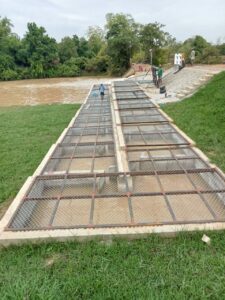
Sleng Weir Fishway, Cambodia 2023
In partnership with Charles Sturt University, AFPS designed, supervised construction, conducted intensive fish passage training sessions with local fisheries, irrigation officials, and students, and had the honor of officially inaugurating the Sleng Weir Vertical Slot fishway alongside the Australian Ambassador in November, 2023.
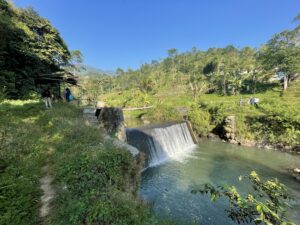
Indonesia Barrier Assessment Field Training 2023
AFPS travelled to Western Java, Indonesia to carry out field training for regional and local water management stakeholders, to enhance their proficiency in assessing instream barriers in relation to fish passage.

Rookwood Weir Project Baseline Monitoring 2022-2023
AFPS, in conjunction with Sunwater undertook pre-construction sampling in the Fitzroy River Catchment prior to the construction of the Rookwood Weir to gather baseline data to establish the condition of the fish communities of the river system.
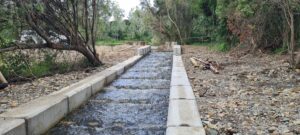
Fitzroy Basin Association Fishways Project 2020-2023
AFPS worked with the Fitzroy Basin Association to undertake eight fish passage improvement projects in the Fitzroy Basin. Four rock ramp fishways and one cone fishway were constructed, one crossing upgraded to fish-friendly box culverts and two baffle installations were carried out in the catchment.
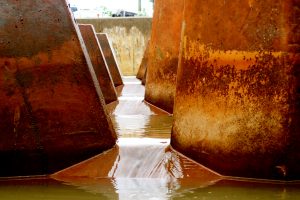
Cone Fishways Reach Significant Stage of Development 2021
After 15 years of development, cone fishways have reached an important milestone in 2021 with Australasian Fish Passage Services (AFPS) celebrating the installation of their 25th cone fishway in Australia and Southeast Asia.